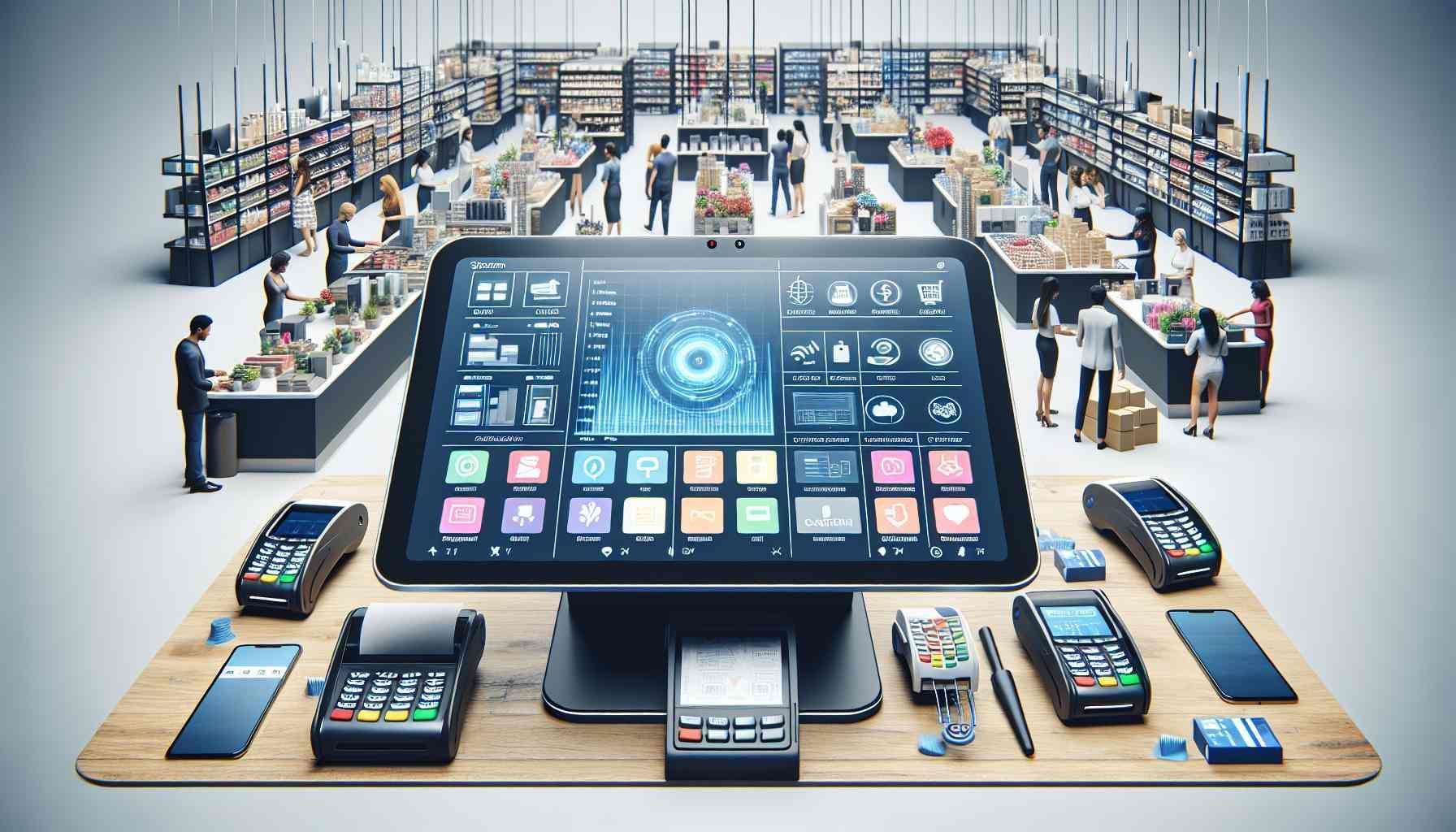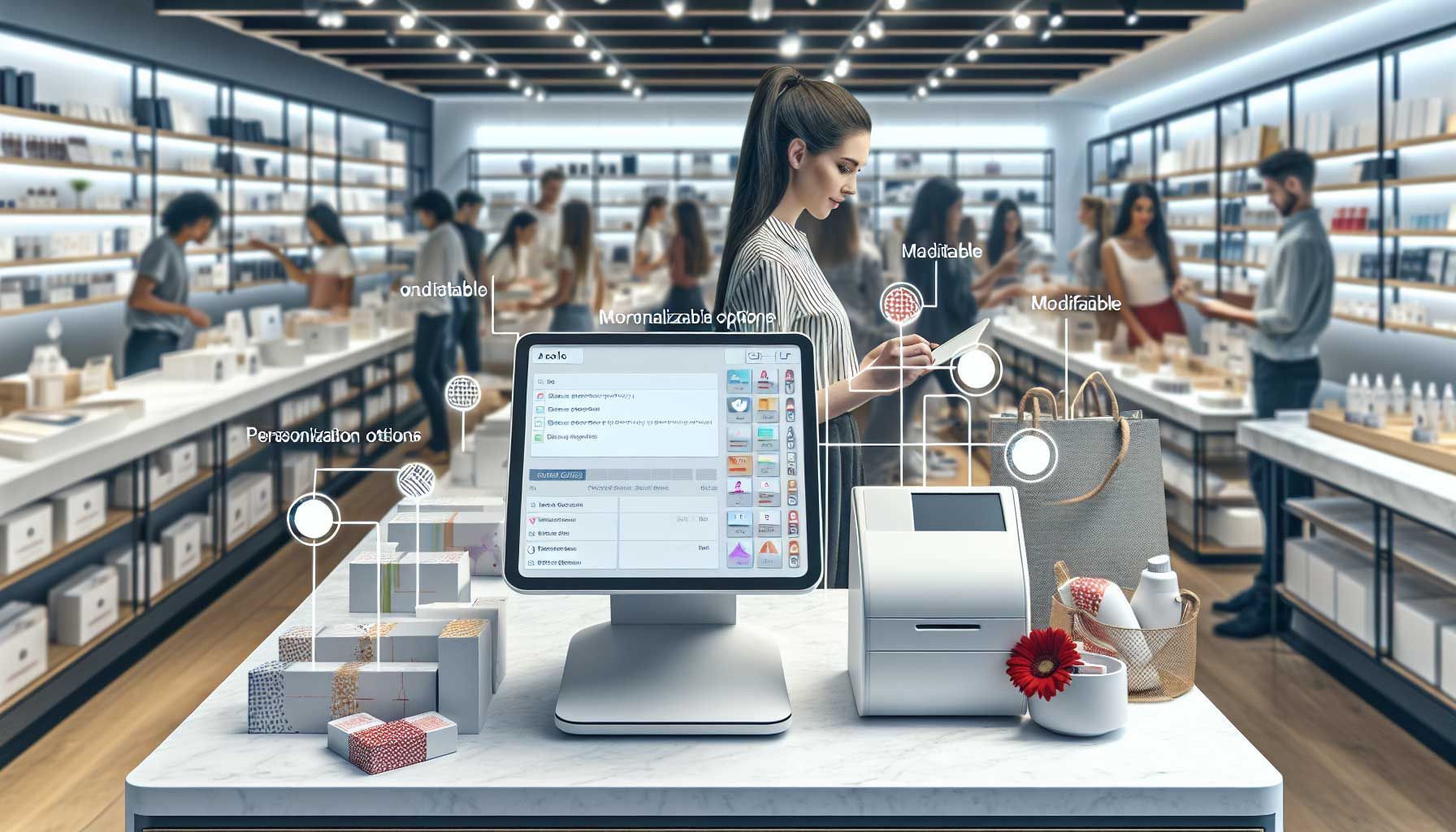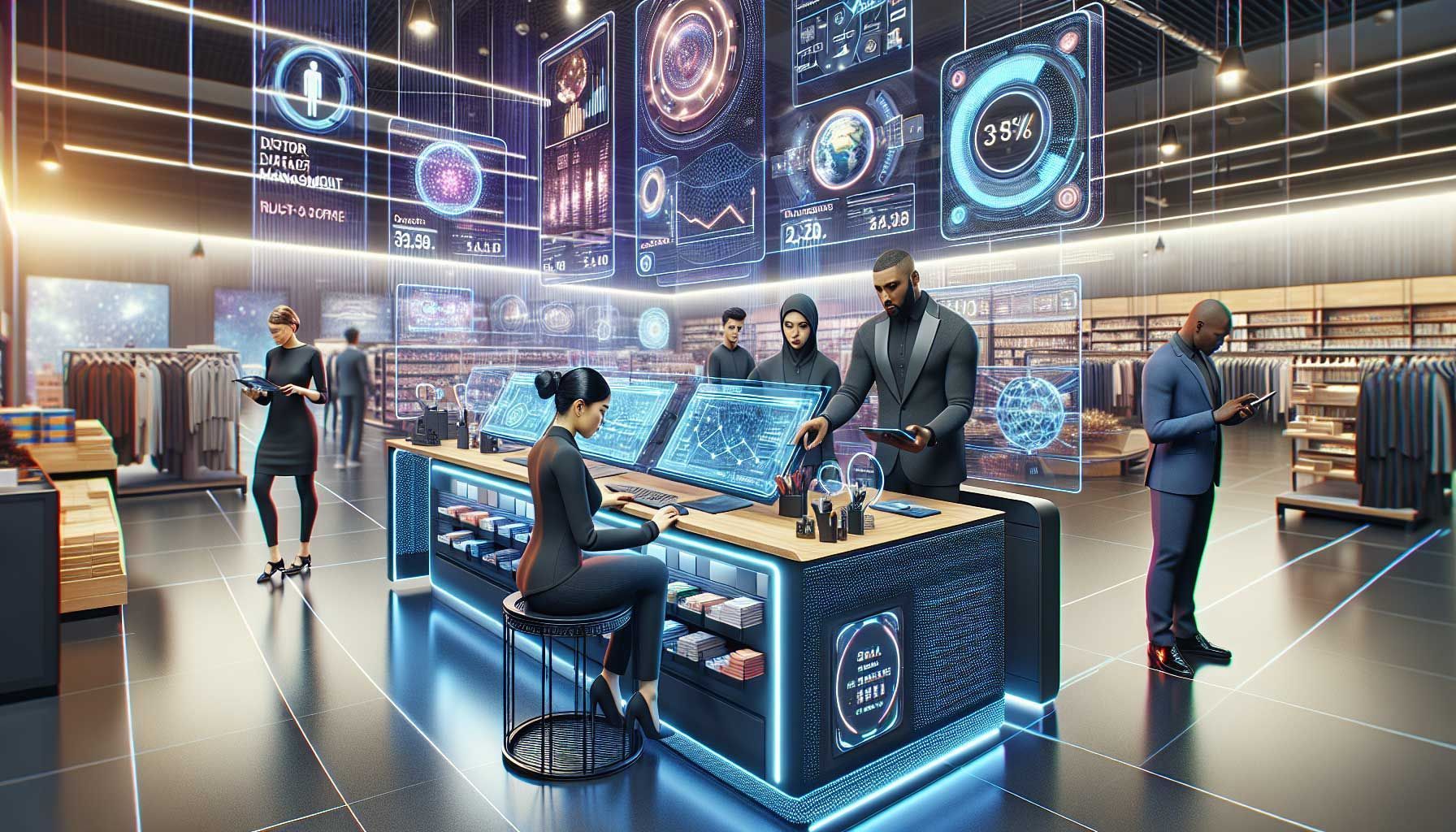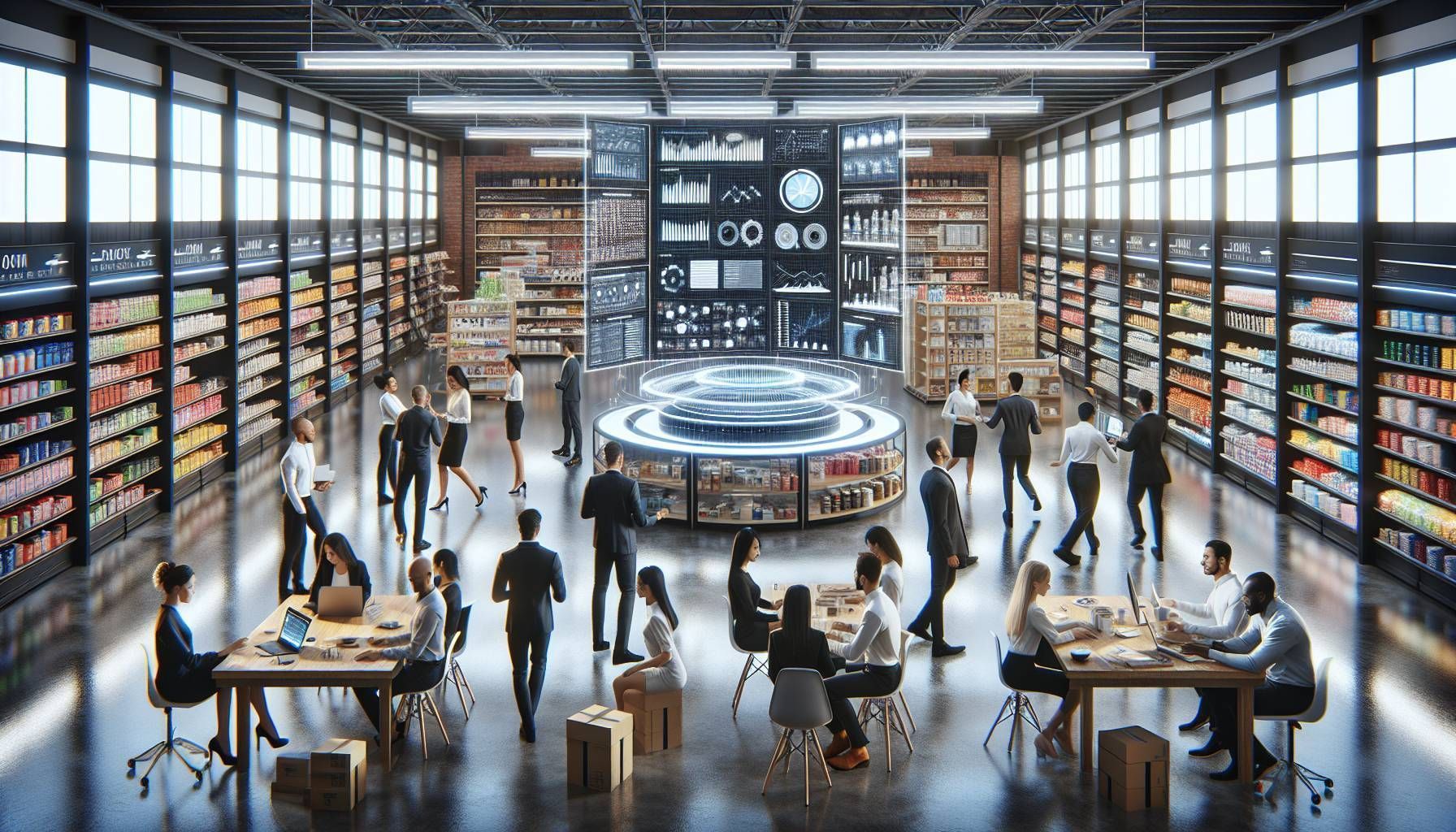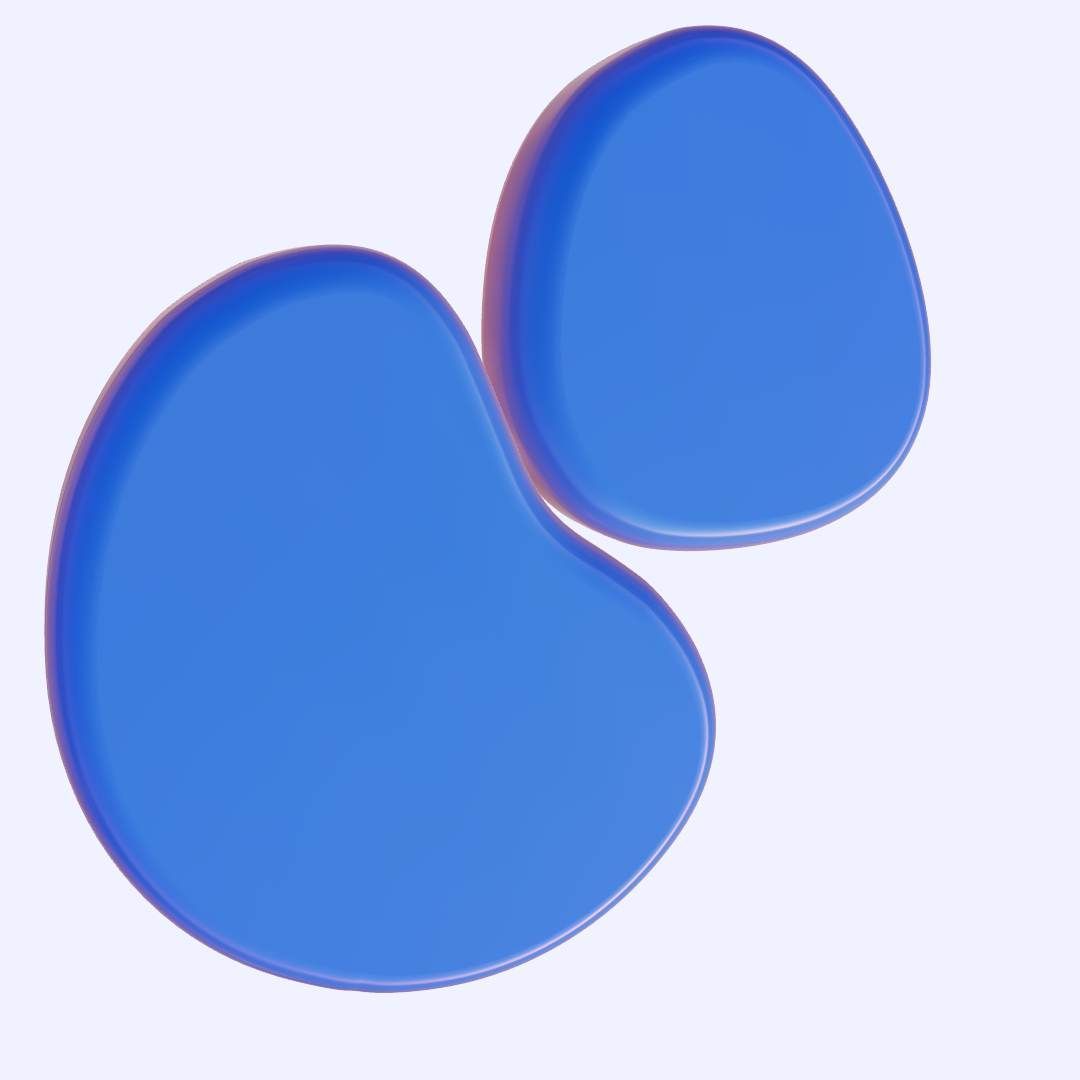The Guide to Creating Newsletter Ideas for the Retail Industry
The 10 Secrets to Create Better Retail Newsletter Ideas Faster
The retail industry is constantly changing and the way customers shop is no exception. With the emergence of new retail options, customers are always looking for new ways to spend their money. Therefore, this blog post will be about how you can create newsletter ideas that your retail industry clients will love. You’ll learn ‘10 secrets’ that I’ve learned by working in the fashion industry for years!
Every company has a different niche market and each niche has its own unique needs. The customer base you’re marketing to may not be interested in what you have – or they might already know about it! You need to make sure you’re on top of your game when it comes to trending topics and product releases.
Introduction tip:
Make the expectations clear for people who like to subscribe. What and how often are you gonna share and what benefit does it bring them.
- Use the power of visuals
- Get feedback from your customers through different channels
- Utilize Influencers in Your Marketing Efforts
- Create a standard newsletter design idea
- Share a success story or customer review
- Make it personalized and relevant
- Use the AIDA model to build a better converting newsletter
- Share a discount, promotion or loyalty program
- Behind the scenes topics
- Coming soon and sharing new collections
- Bonus: Use this tool
- More inspiration and examples
1. Use the Power of Visuals in Your Marketing Campaigns
Visual marketing is a powerful tool for any business, but it is especially advantageous for those in the retail industry. Therefore, explore the power of visual marketing and how to use it to your advantage.
In today’s world, people rely heavily on visuals to take in information from their surroundings. In fact, according to a study by the University of Glasgow, people retain 95% of what they see as opposed to 10% from reading or listening. That means you have a five times greater chance of being remembered if you can leverage visuals in your marketing campaign. Visuals are so important because they provide consumers with a more natural way to interact with brands and content. That is probably the power of social media platforms like Instagram as well.
Tip:
Don’t overdo it. Adding too many visuals to a newsletter can increase the spam rating, so that your newsletter is opened less often.
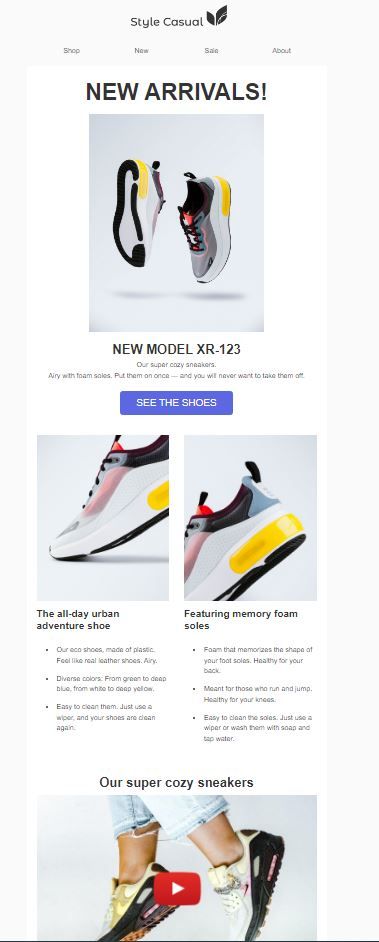
2. Keep Engaging with Customers through different channels
We now live in a world where social media is the lifeblood of any business or brand to communicate with consumers. It has the power to make or break your company’s reputation. It’s important to be present on these platforms and engage with your customers. Social media platforms are an open channel for everyone to share their opinions about your products or services. Furthermore, you can use this channel to get feedbacks from potential customers which will help you improve your content, marketing campaign and of course your newsletter.
One of the best ways to use social media for marketing is by sharing blog posts that are relevant to the readers of that social media platform. This can help you increase traffic and gain more followers who will eventually become your loyal customers if they like what they see. This will also give you great insights to sharpen your newsletter idea.
So try to get as much feedback as possible to find out what’s really going on.
Tip:
Do you get little response or feedback from existing customers? Then check hashtags on Social Media platforms to see what people think about a specific topic.
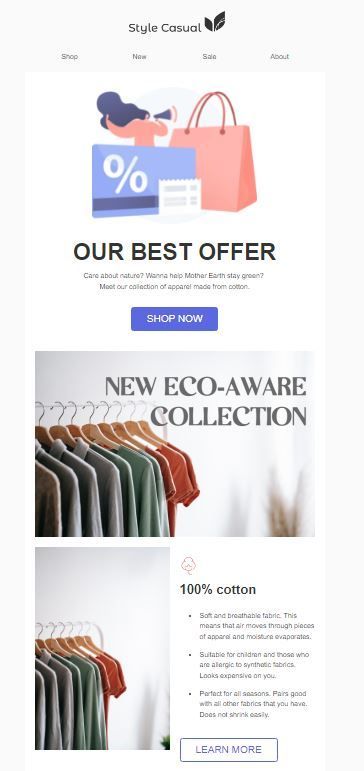
3. Utilize Influencers in Your Marketing Efforts
Influencers can provide a different dimension to your digital marketing strategy. They can be utilized as social media managers, blog writers, and ambassadors of the brand. Retailers should find influencers who are also experts in their field and offer them some form of incentive for utilizing their blog or social media channels to promote products. This is because influencer marketing ensures mutual benefit for both parties involved.
Through an influencer you can therefore also have another party tell your message. This can be more powerful than telling your message yourself. People want confirmation and certainty to believe you.
Tip:
start with small influencers to get an idea. There are many with inactive followers and others can be very expensive.
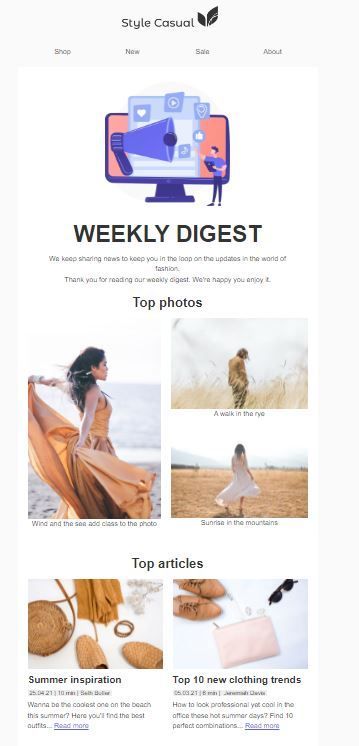
4. Create a standard newsletter design idea
Creating a standard newsletter design will save you time in the long run. It will be more efficient for you to create a template once and then just use it over and over for your newsletters. For example, if you have a logo that is going to always be on the top left of the newsletter, then all your newsletters will have that. You can also add a template header or footer so every email you send out has the same thing at the top and bottom of it – which makes it easier for people who are opening your emails on-the-go because they don’t have to adjust their screens every time.
In addition, having a standard design will give your brand more consistency. If everything looks alike, then people know they’re getting an email from you without even reading anything. So keep the following aspects of your design as standardized as possible; the background, your logo, font and salutation.
Tip:
use one of the basic templates of your newsletter system
for a quick start.
5. Share a success story or customer review in a newsletter
People who have experienced a company’s service or product have a unique opportunity to humanize the brand and assure customers that they are not alone in their experience. One of the best ways to do this is by utilizing customer reviews and testimonials. They can provide valuable insight on how the company is doing. Furthermore, they can assure customers that they are not alone.
It can be challenging to collect these success stories, but it will allow the customers to be more engaged with the company in the long run. In addition, they will also feel like they matter and that their input is appreciated. Therefore, success stories are a powerful way to inspire and emotionally connect with your audience. They show the benefits of your product or service and you will lead by example. For example, a success story can be about someone who overcame a challenge through your product or service.
Tip:
ask your regular customers in person to share their story. Don’t forget to prepare some questions in advance.
6. Make a retail newsletter personalized and relevant
It will be easier to create retail newsletter ideas when splitting up the recipients by category. In this way you can make it easier to create relevant content. In the beginning this may take a little more effort, but it definitely has a positive effect in the long run. An interesting possibility for this is to ask the users during the registering process what interests them.
Furthermore, one of the best ways to make a newsletter personal is by using tags. Some companies call them attributes. With this it is easy to give each newsletter a personal touch. For example, you can start with the customer’s name by default.
Last but not least, it is all about a personal connection with the newsletter recipient. So be personal yourself by sharing your own story to build a personal connection.
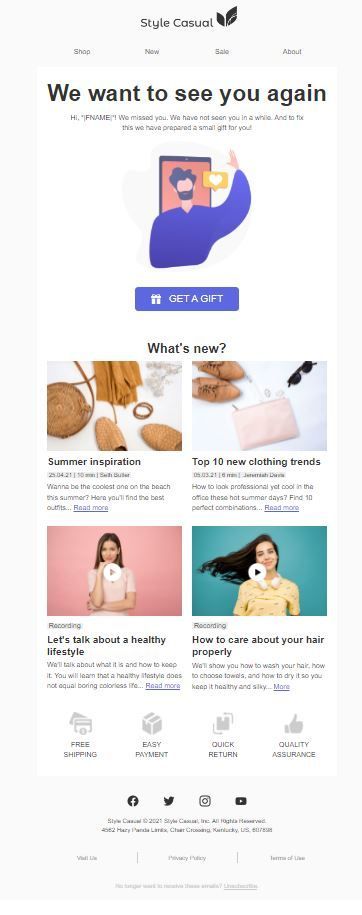
7. Use the AIDA model to build a better converting newsletter
A clear goal is important for any piece of content you want to share with others. If you don’t know what you want your readers to get out of it, how can you expect them to?
AIDA is a model that is used to create marketing messages that are effective and persuasive. It stands for Attention, Interest, Desire, and Action. The AIDA model was first developed by E. St. Elmo Lewis in 1898 as a way to help salesmen make more sales by focusing on the customer’s needs at each stage of the sales process.
AIDA can be used as a framework for building any type of marketing message, including email newsletters which typically have four stages: introduction, content, calls-to-action and conclusion. So always make sure that these four stages are added to your newsletter. Don’t worry, it can already be with a small sentence. With this you will build messages that focus on each step of the buying decision-making process from awareness to action – from attracting attention through interest, desire and then finally taking action.
8. Share a discount, promotion or loyalty program
A good old promotion is always something that customers love. Therefore, it is not surprising that the most popular topic to send out a newsletter is with a sale or a promotion attached.
A loyalty program is a more customer-focused strategy that helps to boost sales. It also helps to build customer relationships. Loyal customers are more likely to purchase new products and services, so it is important for companies to make sure they are catering for them. This can also be in the form of a newsletter or an app, which allows you to reward your customers with points and discounts when they come back and buy from you again. It can also be as simple as a thank you email or text message when they buy something from you again.
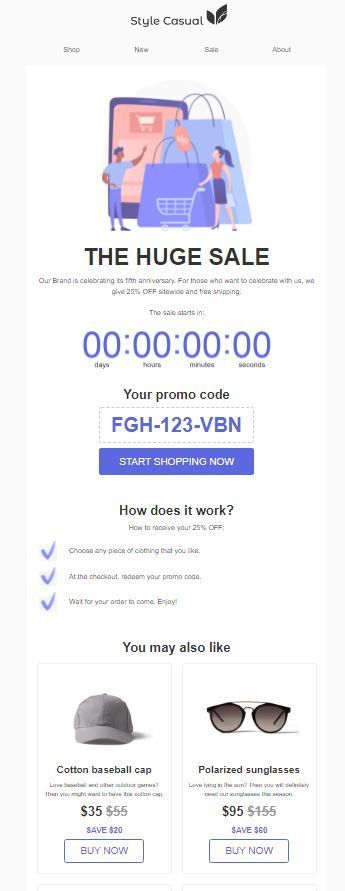
9. Behind the scenes topics
Behind the scenes content is a great way to show your true face to your audience. It’s not just about the content you create, but also about how you work and what you do on a day-to-day basis. This type of content is perfect for those who want to share their work or who want to be transparent with their audience. It’s also great for those who want to build trust with their readers and create a personal connection. As we all know, people love hearing about someone else’s life and struggles.
Furthermore, it is an easy way to create retail newsletter ideas. You don’t have to think and create, but just document it. We learned this lesson from Gary Vaynerchuk. Just get your smartphone out and connect with the people at the other side of the screen.
Tip; This may be uncomfortable at first, so also discover our free content plan
to get started.
10. Coming soon and sharing new collections
You can create a newsletter with inspiration about new product collections. Your customers are always looking for something new and they love to hear about products that are on sale or have attention. You can send your customer’s inspirational content in the form of images, videos, or text – anything you want to make them feel like they are shopping in your store!
First and foremost, always stay on top of the latest trends in your industry. That way you’ll be able to provide your customers with the content that they are interested in and will be able to tailor it based on what they want. For example, if there is a new type of clothing or accessory that has just been launched in stores, make sure you write about it!
Tip:
Have you received many new collections at the same time? Spread it over several messages. In this way you can easily create more retail newsletter ideas and the consumer will have more focus.

Bonus: Use an AI Writing tool to create ideas and promotional messages.
AI writers can be used to generate content for your newsletters and promotional messages. They can also be used to create ideas for blog posts or articles. All you have to do is give it the topic of the newsletter and some keywords, and it will come up with a message that fits the topic. People often worry that AI will take over the world and take their jobs with it. But in reality, AI is just a tool and it simply helps us do our jobs better and faster. Discover our recommendation
here.
More inspiration and examples of retail newsletter ideas
There are plenty of newsletter design inspirations available on Pinterest. You can find some great ideas on color palettes, layouts, fonts and more. For above retail newsletters ideas I use templates of Stripo. This is a very easy editor to create newsletter templates and export them to your current newsletter system.

We look forward to share the best strategies with you.
Thank you!

Bring your shop to the next level
Hi, I'm George and I like retail and technology. Therefore, my passion here at Retailgear.com is to provide you with reliable information to automate and digitize your store. You can find out what we can do for your industry through our menu. Also, feel free to check out this updated list of retail tools.
Get inspiration in your inbox to get more sales and store visitors with less effort.






